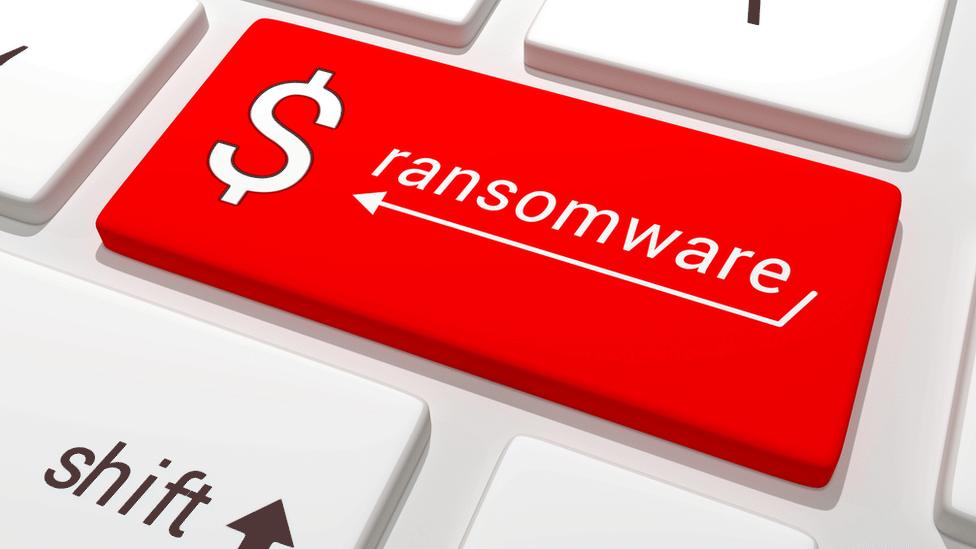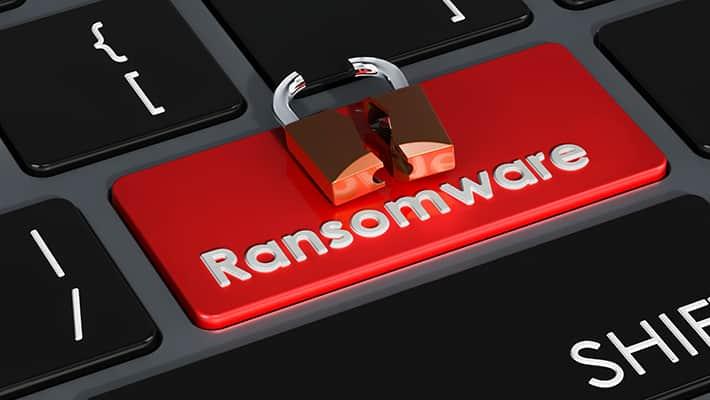
Ransomware: Protection Strategies and Tactics
Ransomware: Protection Strategies and Tactics
Ransomware has become one of the most pervasive and costly threats to businesses worldwide. Small and mid-size businesses (SMBs), often with limited resources, face particular challenges in mitigating this growing menace. A ransomware attack can cripple operations, erode customer trust, and damage reputations. It may also disrupt critical infrastructure sectors, threatening economic and national security.
Fortunately, there are clear strategies and tactics businesses can adopt to safeguard their assets. This guide provides actionable steps to help SMBs combat ransomware effectively, using a holistic, enterprise-wide approach.
Understanding the Ransomware Problem

At its core, ransomware is malicious software that encrypts a victim’s files and demands payment, typically in cryptocurrency, to restore access. Advanced variants also exfiltrate sensitive data, amplifying the damage through potential data breaches.
Ransomware attacks succeed because of the following factors:
- Human error: Phishing emails remain a primary entry point.
- Vulnerable systems: Outdated software and lack of security patches create exploitable weaknesses.
- Poor backup strategies: Without offline backups, organizations may have no way to recover critical data.
Combating ransomware requires more than just reactive measures. A proactive and layered defense strategy is essential.
Four Steps to Building a Robust Ransomware Defense
1. Know and Document Organizational Assets
To protect your business, you must first know what you’re protecting.
- Conduct an asset inventory: Catalog all data, software, hardware, and connected devices.
- Perform criticality analysis: Identify which assets are mission-critical and their associated risk levels.
- Use the Federal Information Processing Standard (FIPS) 199 to categorize assets by potential impact: Low, Moderate, or High.
Knowing your assets enables informed decision-making about where to focus protective efforts.
2. Develop a Security Architecture
A well-designed security architecture serves as the foundation for ransomware prevention.
- Adopt zero trust principles: Assume no user or device is inherently trustworthy.
- Implement multi-factor authentication (MFA) and role-based access controls (RBAC) to minimize unauthorized access.
- Limit privileges: Use the principle of least privilege to restrict administrative access and reduce internal threats.
- Reduce attack surface: Apply the principle of least functionality by disabling unnecessary software, ports, and services.
- Secure backups:
- Store backups offline or in separate, highly secured environments.
- Regularly test backup integrity to ensure data can be restored quickly.
By isolating critical assets and limiting potential damage pathways, your security architecture becomes more resilient.
3. Develop Response and Recovery Plans
Preparation is key to minimizing the impact of an attack.
- Incident response plan (IRP):
- Define roles and responsibilities for team members.
- Establish clear protocols for isolating infected systems and communicating with stakeholders.
- Disaster recovery plan (DRP):
- Outline steps to restore operations swiftly.
- Prioritize the recovery of mission-critical systems.
Regularly test these plans through simulated ransomware scenarios, ensuring all employees know how to respond under pressure.
4. Implement Required Controls
The National Institute of Standards and Technology (NIST) offers a comprehensive framework to guide ransomware defenses.
- NIST Cybersecurity Framework Profile for Ransomware Risk Management: Tailored specifically for ransomware prevention, this profile provides a roadmap for selecting and implementing appropriate controls.
- Key safeguards include:
- Keeping software up to date.
- Using endpoint detection and response (EDR) tools.
- Encrypting sensitive data at rest and in transit.
- Monitoring network activity for signs of intrusion.
- Assessment: Use NIST Special Publication 800-53A to evaluate whether controls are operating as intended.
For SMBs with limited internal resources, partnering with a managed service provider (MSP) can bridge the gap. Ensure your MSP adheres to NIST best practices and can provide detailed transparency into their security measures.
Building Resilience: Beyond Prevention
No system is invincible, which is why resilience is just as important as prevention.
- Educate employees: Conduct regular training on recognizing phishing attempts and other common attack vectors.
- Use network segmentation: Limit the spread of ransomware by isolating different parts of your network.
- Deploy advanced detection tools: Leverage AI and machine learning-based tools to identify anomalies that signal a potential attack.
The goal is to ensure business continuity even if ransomware strikes, minimizing downtime and protecting your reputation.
Conclusion: Start Your Ransomware Defense Journey Today
Ransomware may be a formidable foe, but with proper planning and execution, SMBs can significantly reduce their vulnerability. The key lies in adopting a layered, enterprise-wide strategy:
- Understand your assets and their value.
- Design a robust security architecture.
- Prepare for the worst with tested response and recovery plans.
- Implement proven controls and monitor their effectiveness.
For those new to this journey, resources like the NIST Small Business Cybersecurity Corner offer valuable guidance. And for SMBs that need additional support, a trusted MSP can provide the expertise and infrastructure necessary to safeguard critical assets.
Taking the first step is the hardest part—but with each proactive measure, you’re building a stronger defense against ransomware. Start today, protect your future, and lead your organization to resilience.
Featured links
Connect with us
Copyright © 2025